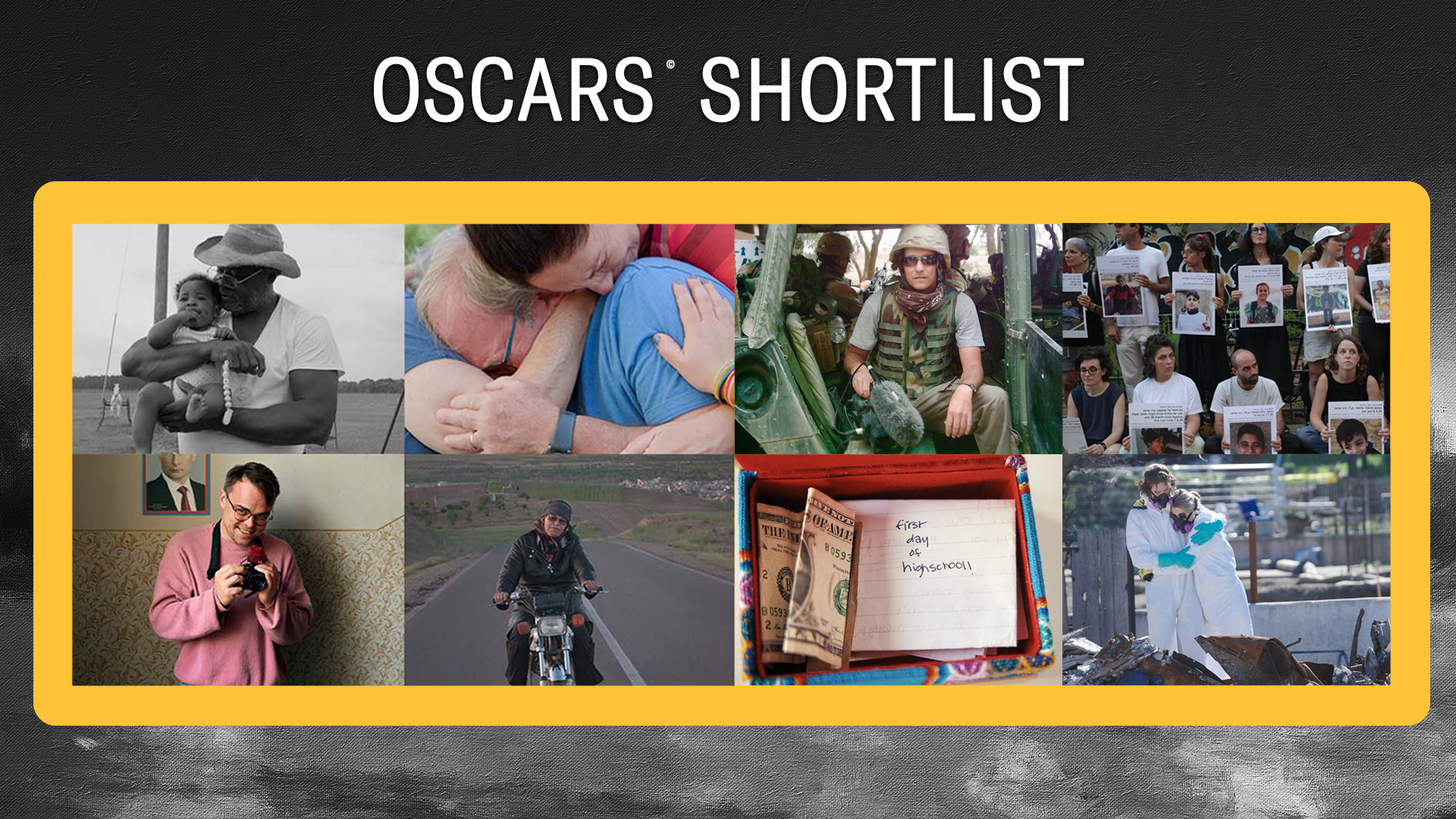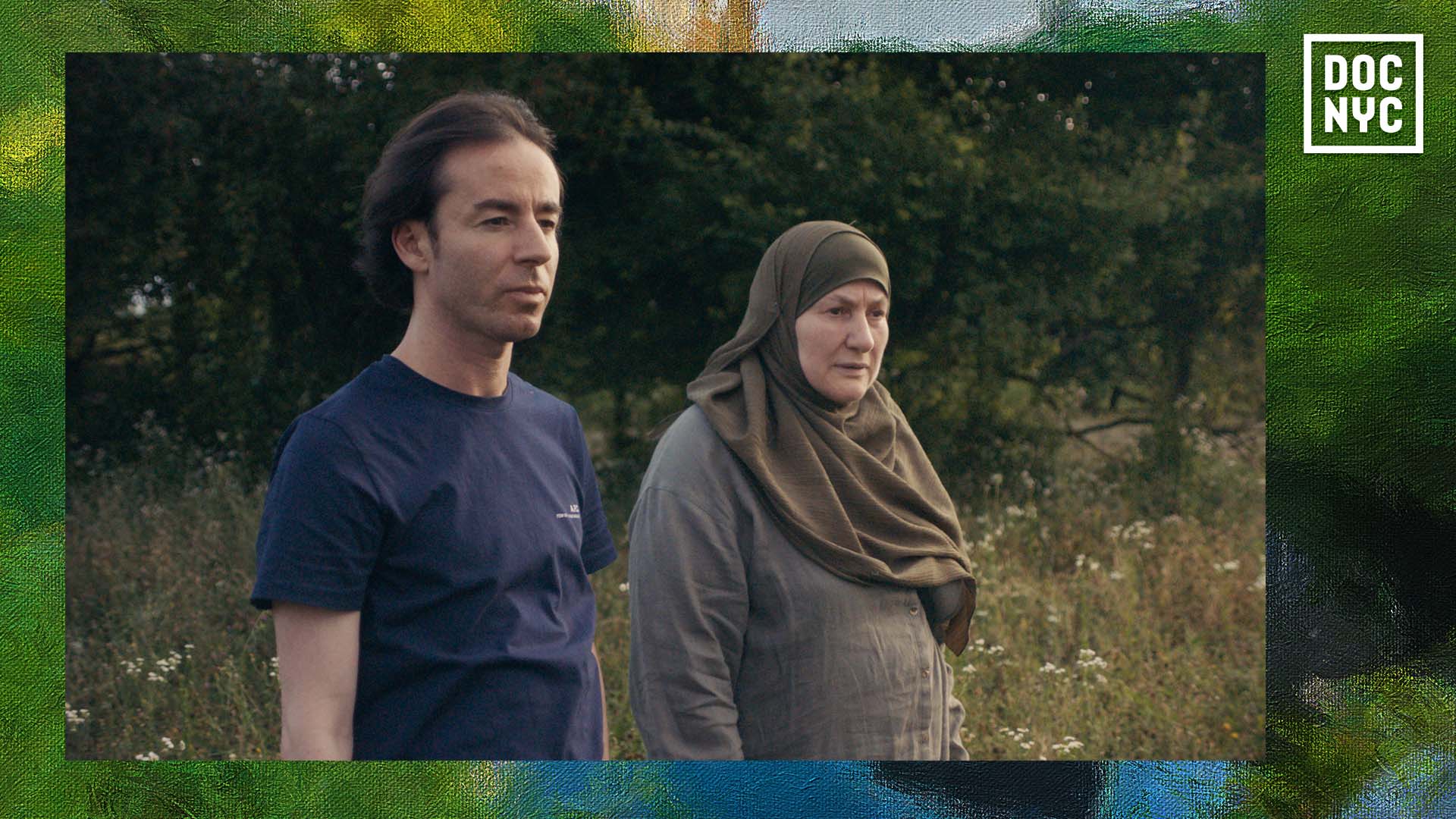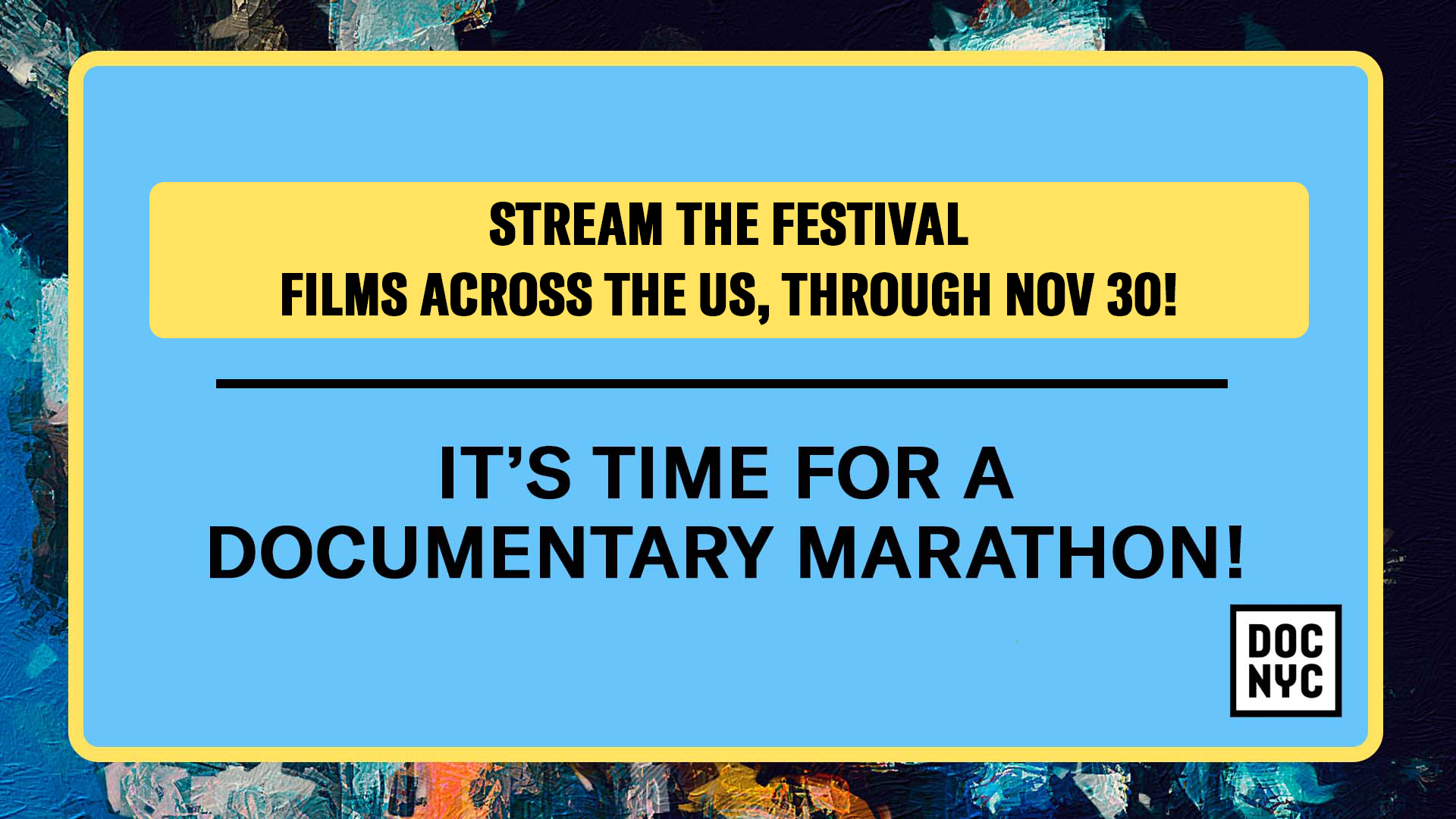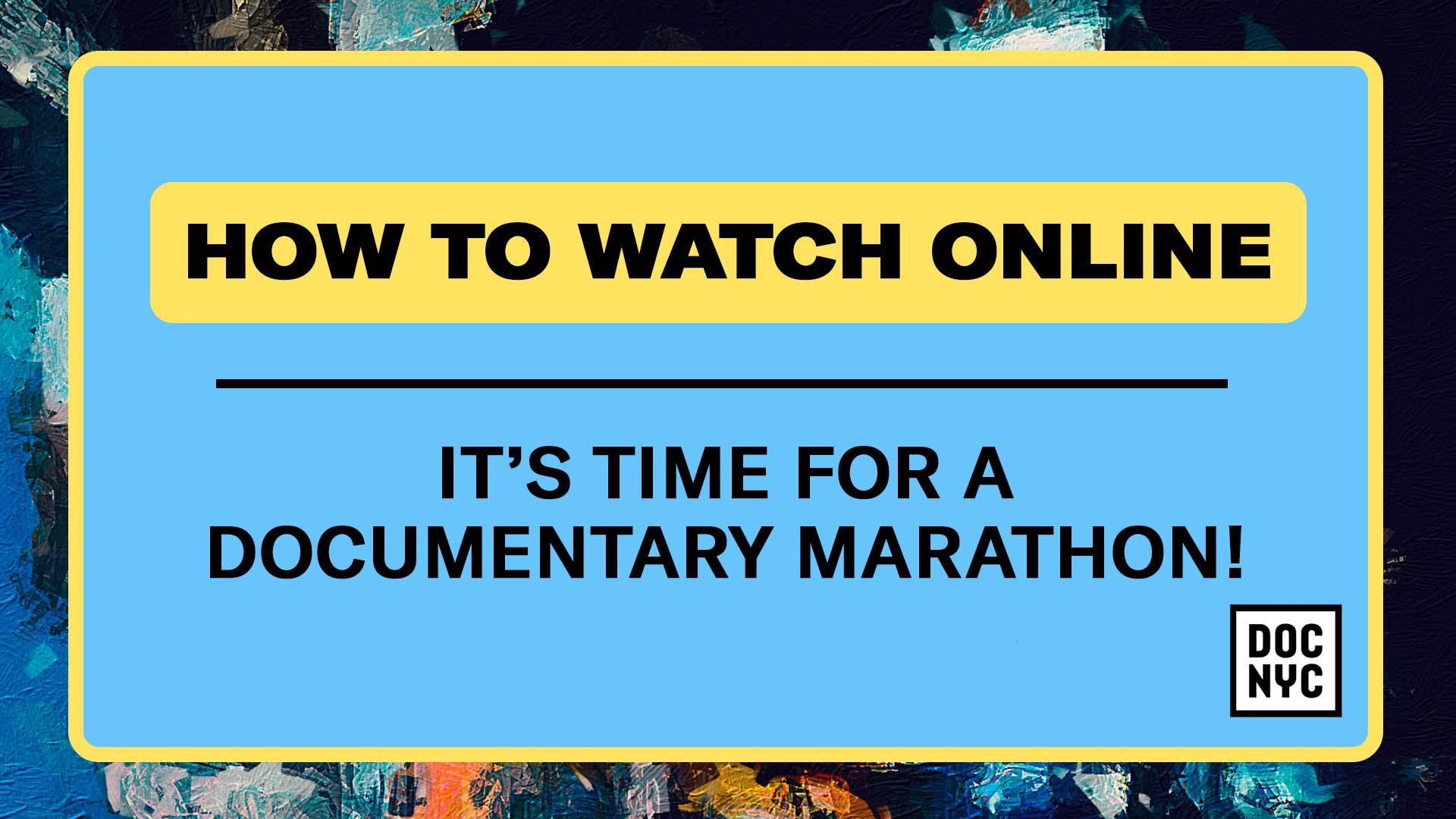Salt of the Earth: Documenting A Photographer’s Journey
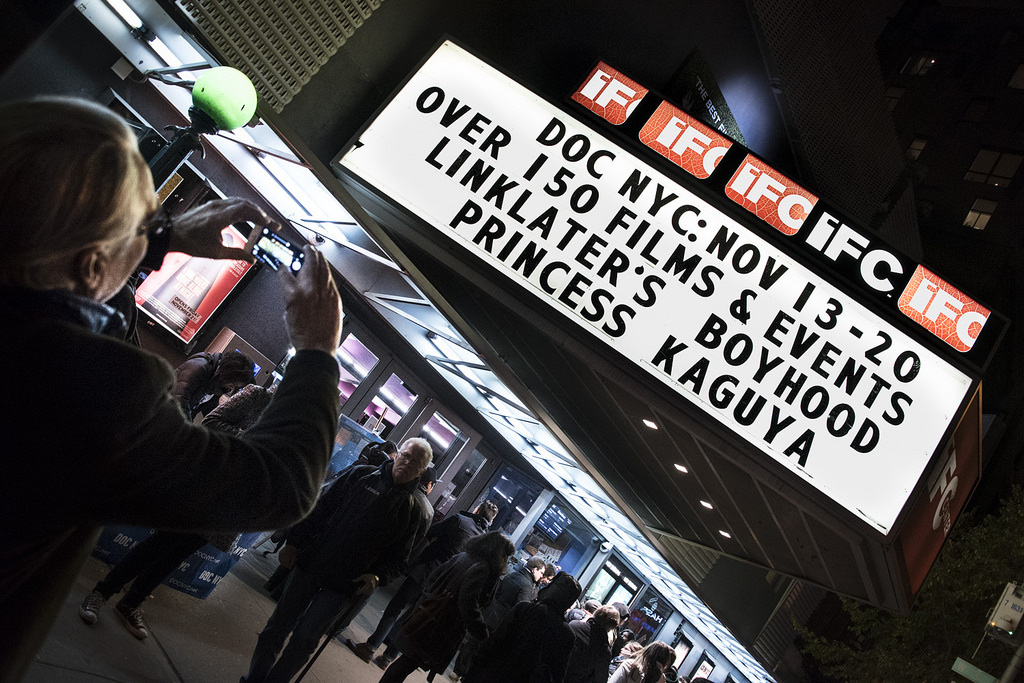
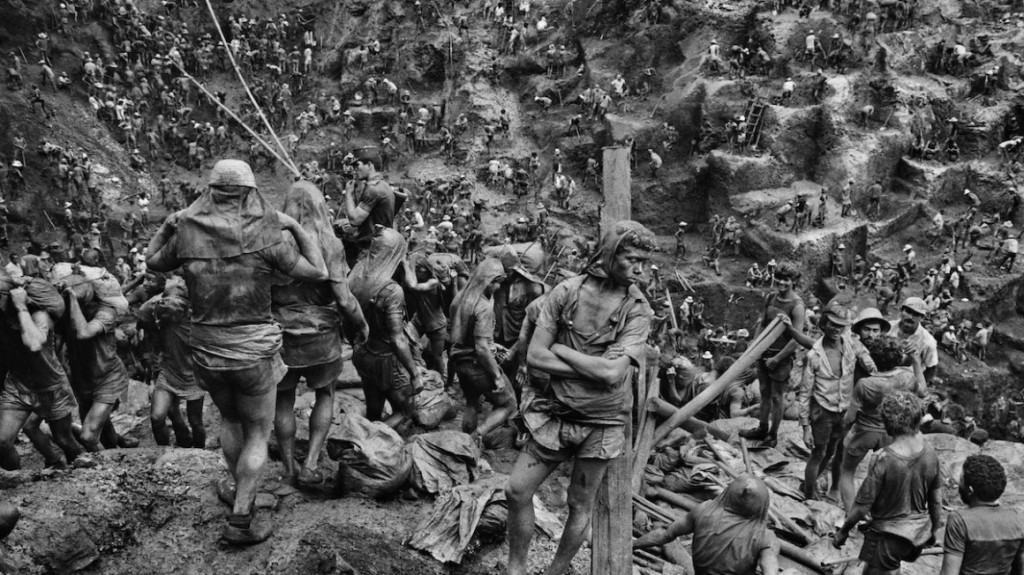
Written by Megan Scanlon
If what The Salt of the Earth co-director Wim Wenders says is true, in his softly spirited, yet buoyant and grounded narration, that “a photographer is literally someone drawing with light,” then the texture, grain, and tension of photographer Sebastiao Salgado’s photographs profoundly illuminate and uncover the human condition and the natural world.
From faces he’s seen that are “deeply marked by life,” to horrific oil spills and the ensuing fires that expelled “smoke so dense the sun couldn’t cut through it,” directors Juliano Ribeiro Salgado (Salgado’s oldest son) and Wenders honor Salgado’s work with the same reverence that permeates the Brazilian photographer’s images, reflecting his connection to the natural world and his relationships with the people he photographed.
With scarcely any other screenings in New York City and featured on the DOC NYC short list, the audience absorbed the intimacy of the film. The way Salgado is featured in the film’s isolated interviews, it’s as if he is emerging out of the darkness, gleaming with ethereal light.
On photographers, Wenders says, “each forms his way of seeing because of his history.” Salgado’s history is rooted in economics, and in crafting one of his many almost decade-long projects, made with his wife and partner Leila, he says Exodus was born because “the burning subject of our times was displacement of entire populations and famine because of the global marketplace.”
The audience hears Wenders reflect on Salgado’s images he so deeply connected to, and on his journey seeking out Salgado, he muses, “one thing I knew about this Sebastiao Salgado was that he really cared about people, after all, people are the salt of the earth.” During Salgado’s journeys into “the deepest parts of South America,” he lived with the Mixe Indians, and said “they’d tell me things as if I was recording their life.” He documented Ethiopia and Rwanda during the debilitating and horrific times of famine and genocide, where he saw “how contagious hatred was.”
“When I got out if there I was ill,” he says in the film. “I didn’t have any infectious diseases but my soul was sick.”
He calls his most recent project, Genesis, “a love letter to the planet.” Fueled by his time with his family growing trees and reviving a forest on previously barren land, the language Salgado employs to describe improbable growth under dire conditions—“these little trees that will grow and live for 400 years, what power!”—is one example of many highlighting his veneration for nature and humanity in wanting “to understand what Darwin understood.”
The Salt of the Earth is not an answer, it’s a question Salgado examines his entire life- a question of how we live, how we treat others and how “the destruction of nature can be reversed.”
For more about The Salt of the Earth, visit the film page on the DOC NYC website.
Megan Scanlon is an alum of Hobart & William Smith Colleges and New York University and works in the field of International Education
